First living biosensor developed to study honeybee gut microbiome, providing insights into health and conservation.
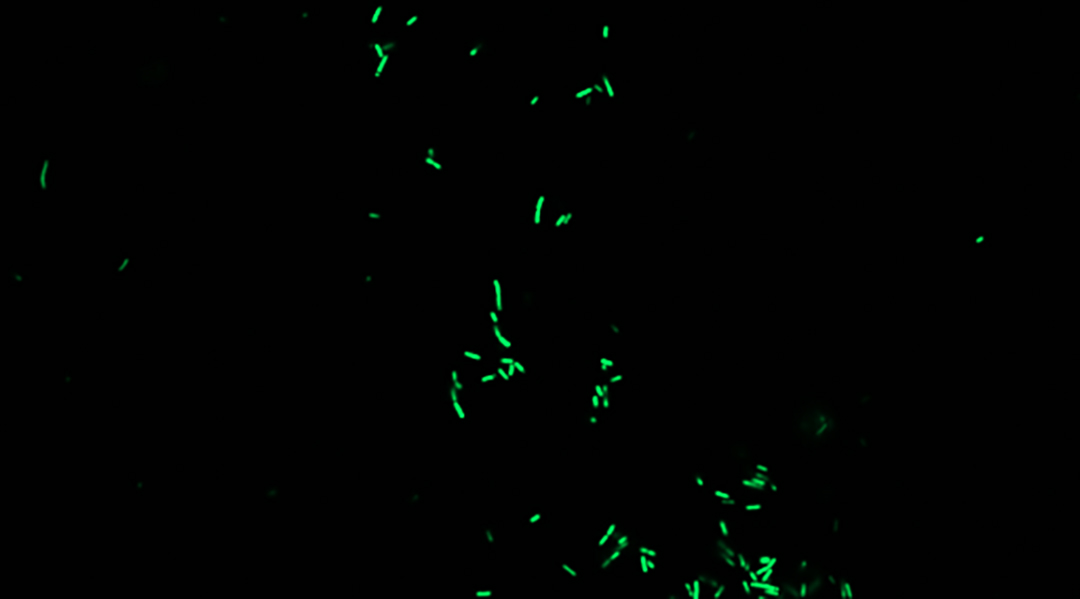

First living biosensor developed to study honeybee gut microbiome, providing insights into health and conservation.

The active structure of an oral macrocyclic drug has eluded scientists for years despite its widespread clinical use—that is, until now.
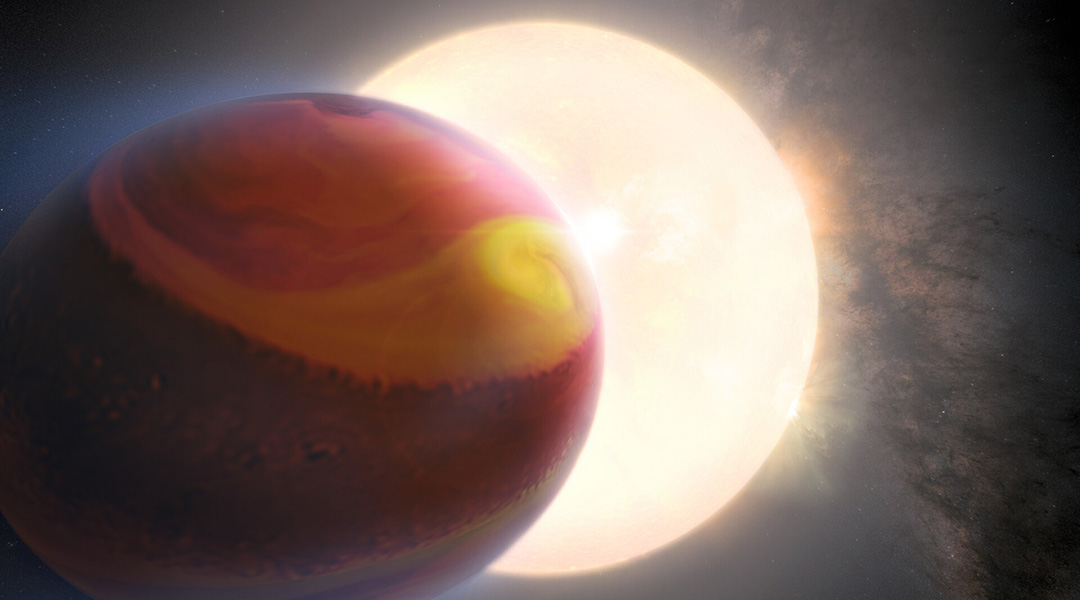
The Hubble Space Telescope saw massive cyclones, storms, and weather chaos in the changing atmosphere of WASP-121b, a planet so hot it rains iron, sapphires, and rubies.
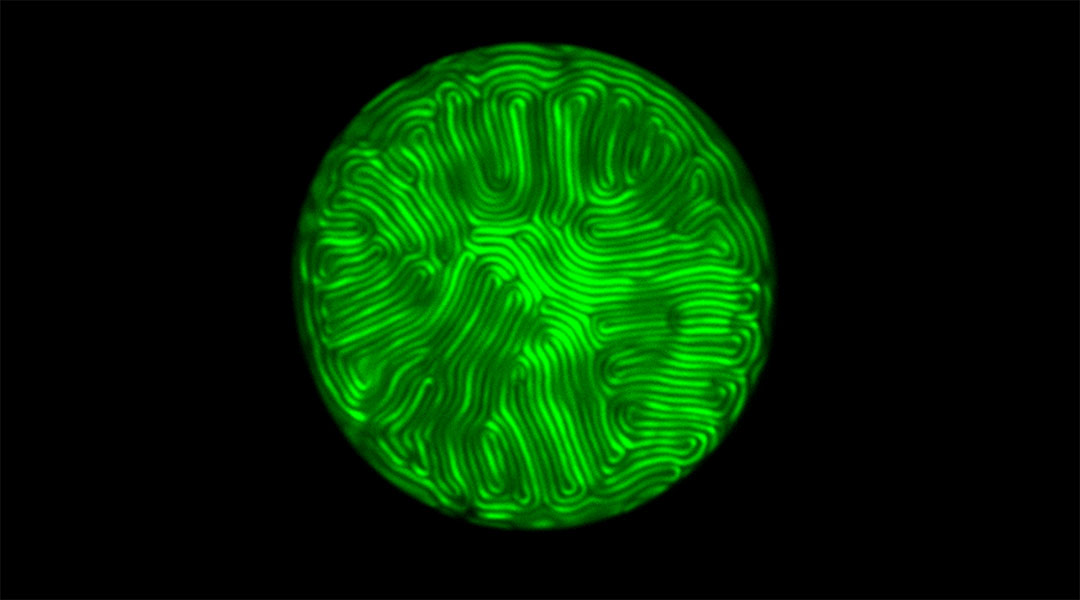
Liquid crystals that generate unclonable fingerprint-like patterns could make the sale of counterfeit goods and theft of personal data much more difficult.
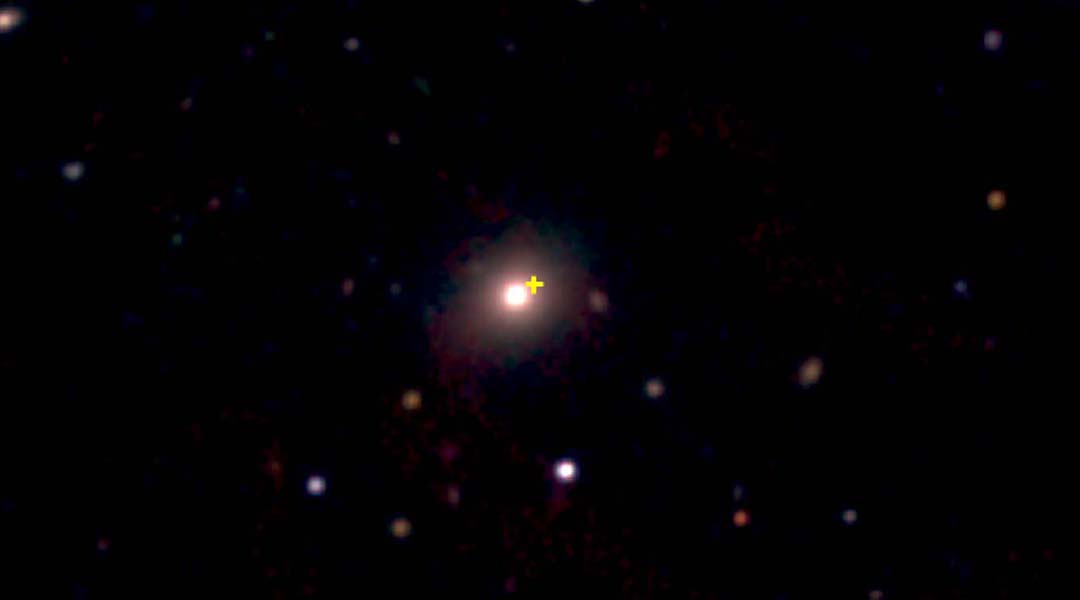
The rare but extreme blast that outshone most supernovas originated two billion light years away and has been classed as a “Luminous Fast Cooler”.
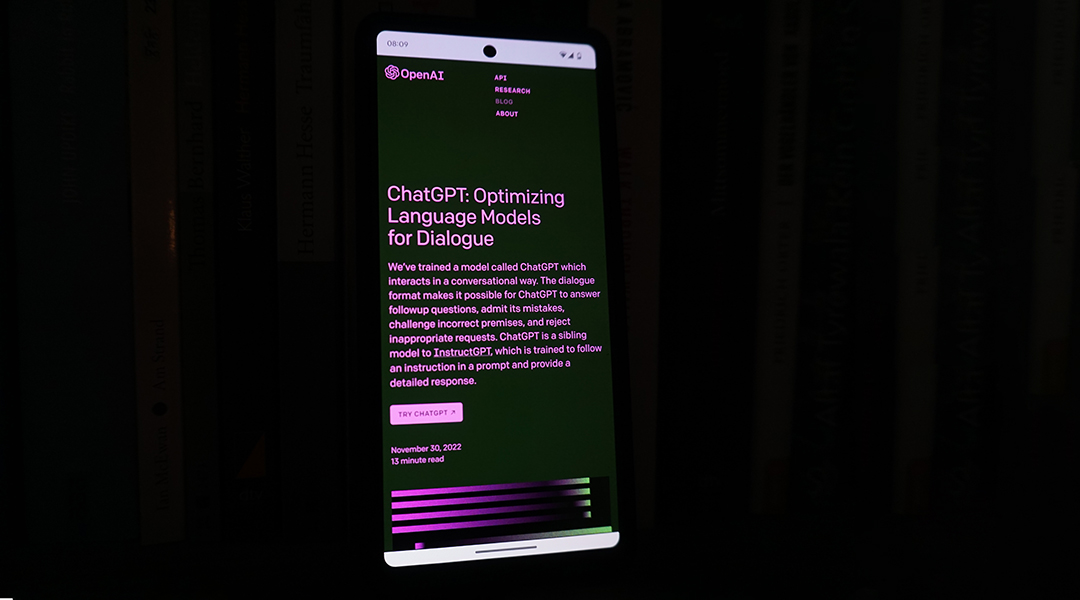
GPT detectors wrongfully flagged a majority of submissions by non-native English speakers as AI-generated content, raising concerns about their use.
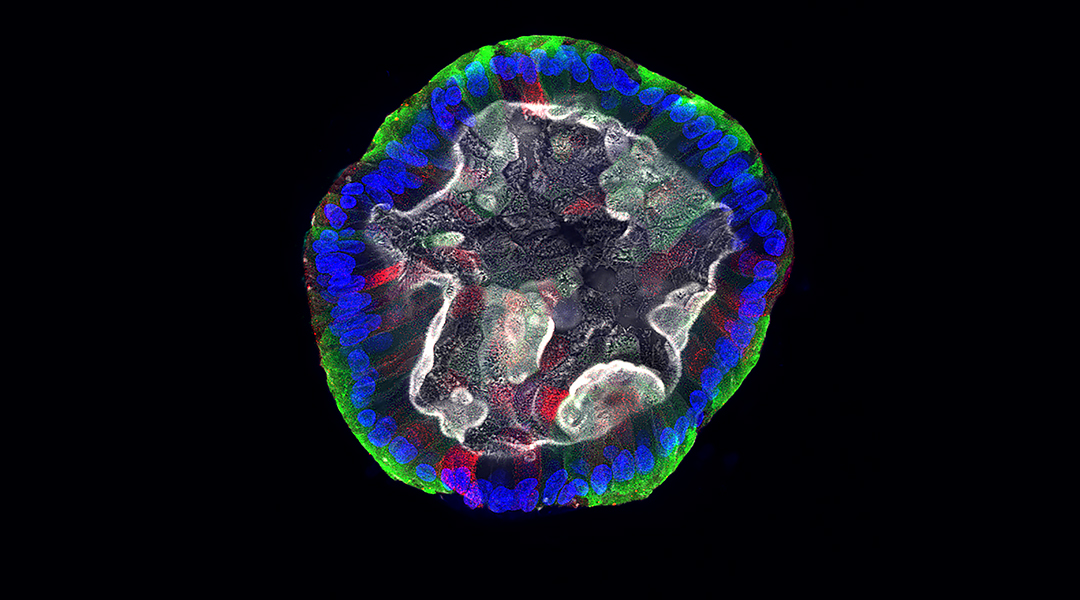
Addressing the lack of diversity in drug testing, scientists are using organoids from voluntary donors to enhance equity and inclusion.
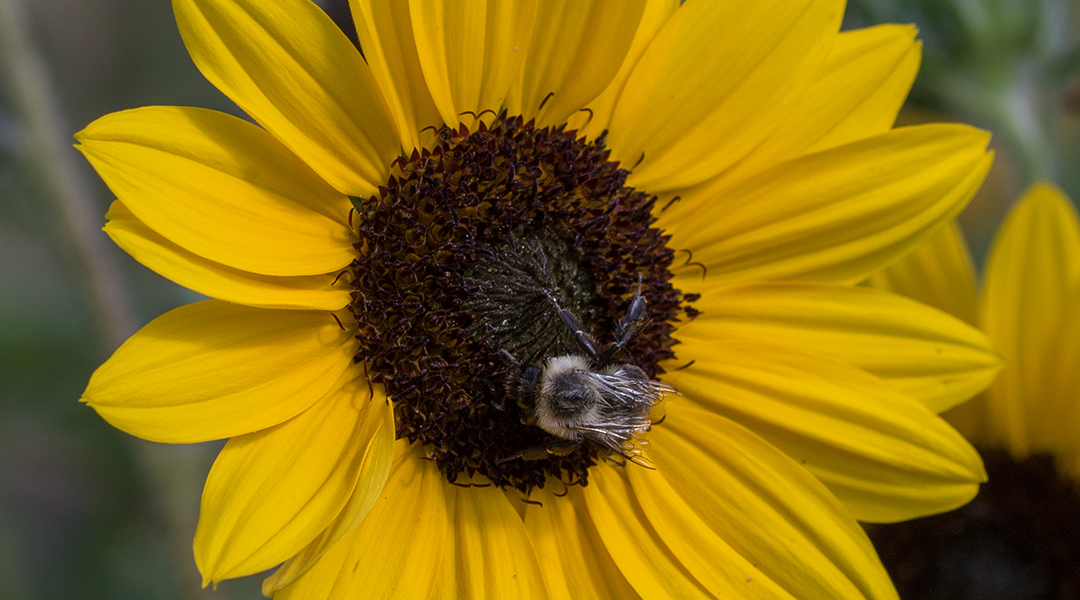
Planting sunflowers in pollinator habitats can boost bee health by providing them with pollen that protects against intestinal pathogens.
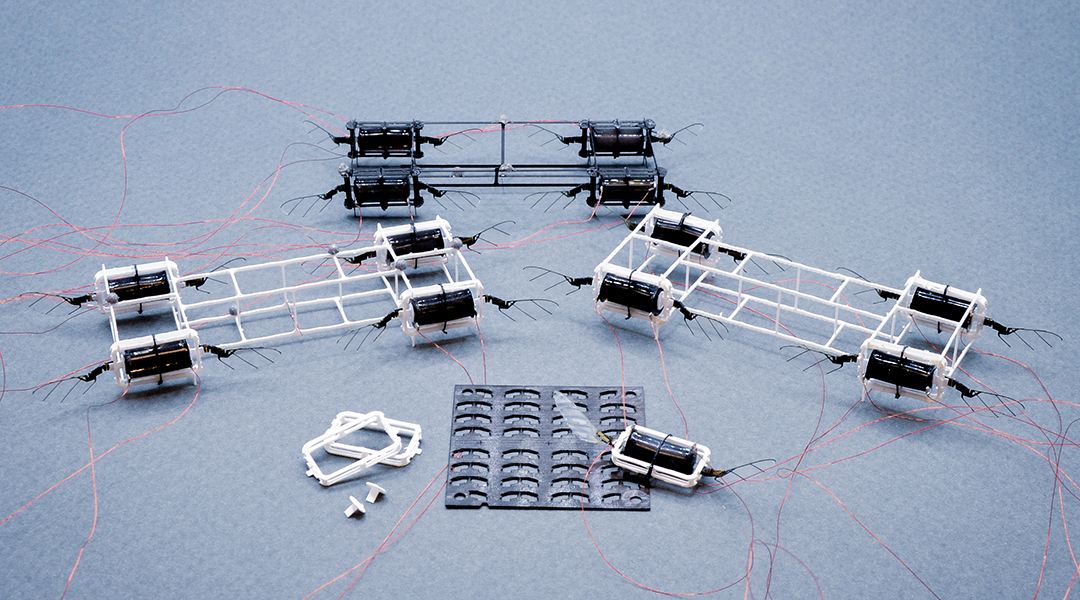
To make swarms of honeybee-sized robots, researchers propose new design and fabrication methods to cut down on time and resources.
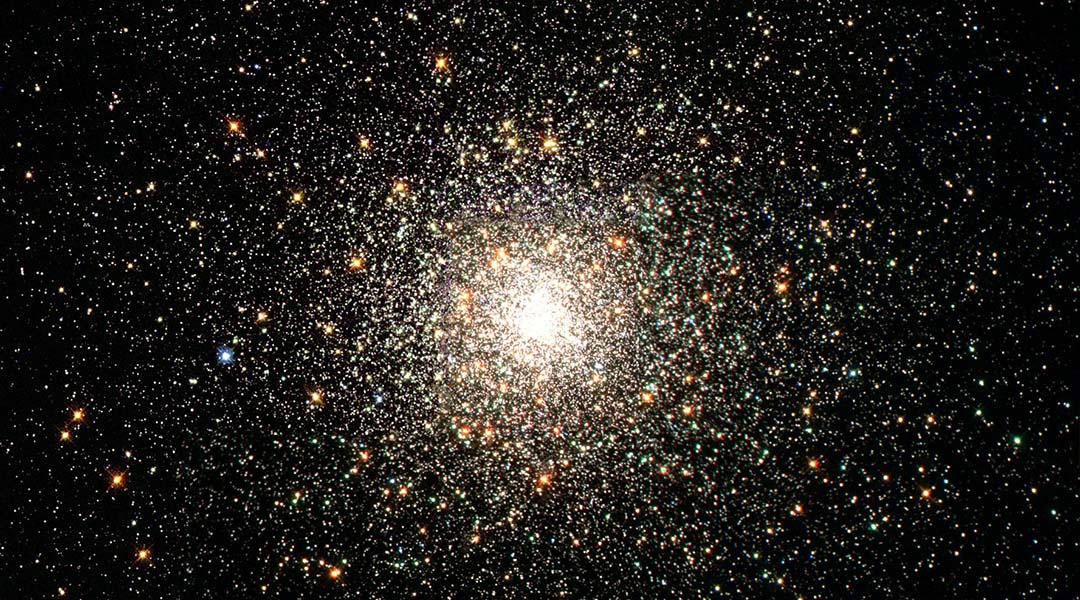
A new study evaluates gravity using string theory, a promising candidate for describing particle interactions at their most fundamental level.